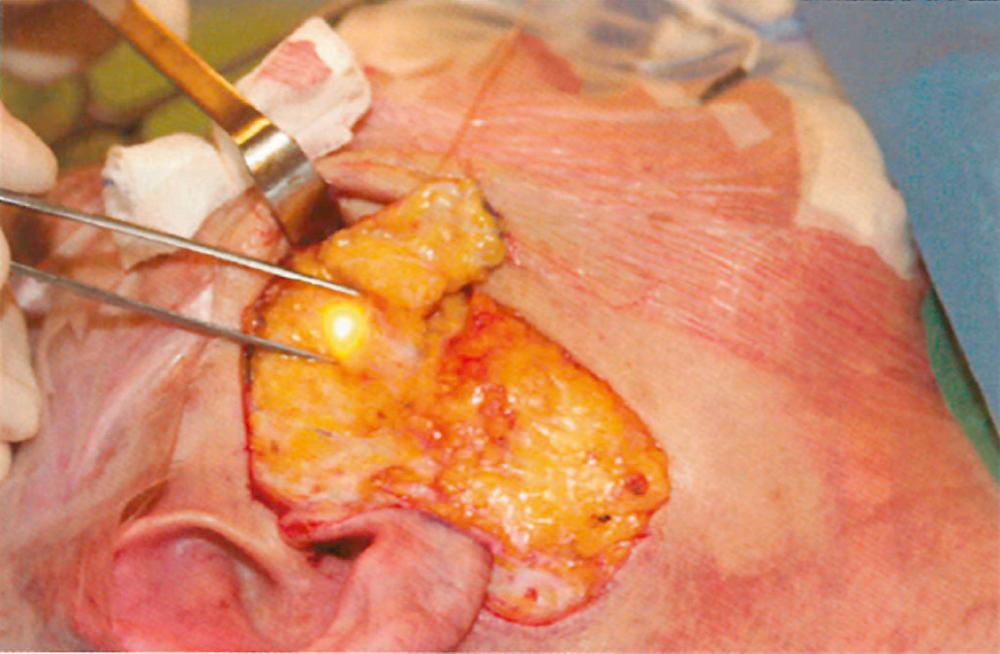Physical Address
304 North Cardinal St.
Dorchester Center, MA 02124
Chronic sialadenitis is the most common benign disease of the major salivary glands and is usually the result of obstruction of salivary flow due to calculi, strictures, or both. Chronic sialadenitis, particularly in the parotid gland, may also be associated with Sjögren syndrome, sarcoidosis, and other forms of granulomatous sialadenitis.
In the pre-antibiotic era, the treatment of chronic and recurrent sialadenitis consisted of adequate hydration, sialagogues, warm compresses, and massage of the affected area. In those cases caused by distal intraductal calculi, the papilla of the duct was incised and the calculus removed, with immediate relief. However, many of these patients later developed recurrent calculi, chronic sialadenitis, ductal stenosis, and fistulous tracts leading to the skin. In these cases, the gland was excised. Even now, when more conservative management fails, surgical excision of the gland is the mainstay of effective treatment.
The introduction of techniques such as sialendoscopy, extracorporeal shockwave lithotripsy, and a combination of sialendoscopy and external surgery ( Fig. 11.1 ) has fundamentally changed the therapeutic approach to chronic sialadenitis and ushered in the era of organ preservation. Zenk et al. described a series of 1154 patients who underwent sialendoscopy in the diagnosis and treatment of sialolithiasis. Using sialendoscopy with extraction of the calculi or in combination with transoral removal of the calculus, only 4% of their patients required removal of the submandibular gland. Likewise, only 4% of their patients eventually required parotidectomy. Marchal described a combined transfacial endoscopic technique to extract large calculi, calculi adherent to the duct, intraparenchymal calculi inaccessible to the endoscope, or following failed attempts at calculi removal with other procedures.

While conservative measures as described above are usually effective in controlling the acute exacerbations of this disease, conventional surgery may become necessary when they fail and the infections become too frequent or too severe for episodic treatment. For instance, we described a series of patients with chronic sialadenitis, some of whose underlying problem was Sjögren disease. The clinical course of these patients was characterized by recurrent parotiditis, which required multiple admissions to the hospital for treatment with intravenous antibiotics. Some of these patients also developed abscesses and one patient developed an abscess with a cutaneous fistula.
My indications for surgery in patients with chronic parotitis are: frequent episodes of parotiditis, recurrent parotiditis requiring hospitalization for intravenous antibiotics and for patients who develop complications such as abscess or fistula formation. The indications for excision of the submandibular gland for chronic sialadenitis are similar.
Become a Clinical Tree membership for Full access and enjoy Unlimited articles
If you are a member. Log in here